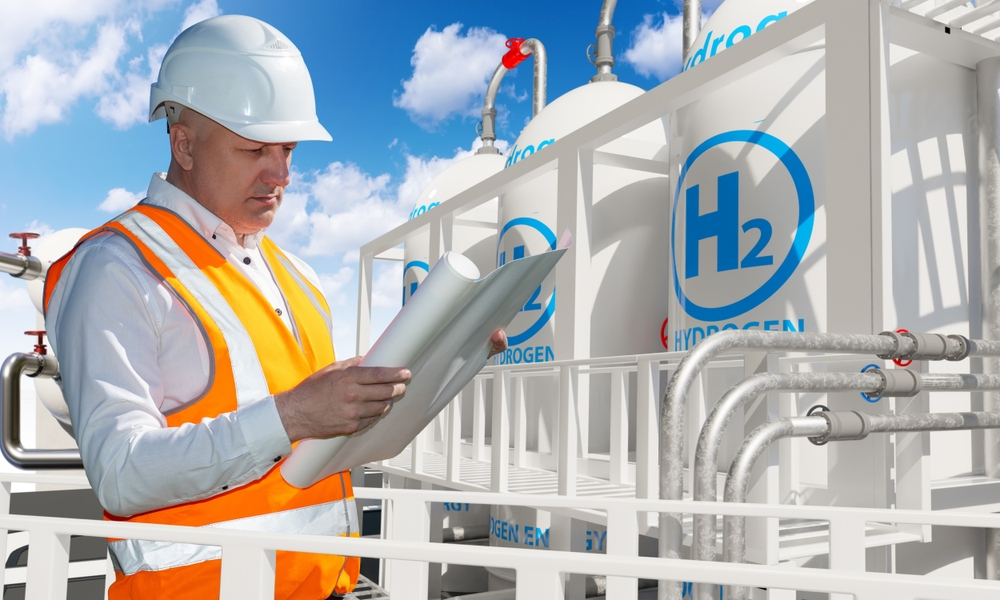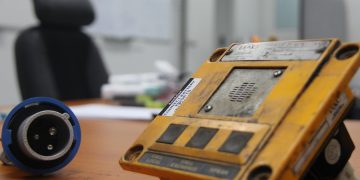Some Known Details About Roar Solutions
Some Known Details About Roar Solutions
Blog Article
Some Known Details About Roar Solutions
Table of ContentsThe Main Principles Of Roar Solutions Excitement About Roar SolutionsThe 9-Minute Rule for Roar Solutions
In order to shield installments from a prospective explosion a method of evaluating and categorizing a potentially hazardous area is called for. The objective of this is to make sure the correct choice and installment of tools to eventually protect against an explosion and to ensure safety of life.
(https://www.magcloud.com/user/roarsolutions)
No tools should be set up where the surface area temperature level of the tools is above the ignition temperature of the given risk. Below are some usual dust hazardous and their minimal ignition temperature. Coal Dust 380C 225C Polythene 420C (thaws) Methyl Cellulose 420C 320C Starch 460C 435C Flour 490C 340C Sugar 490C 460C Grain Dirt 510C 300C Phenolic Resin 530C > 450C Aluminium 590C > 450C PVC 700C > 450C Soot 810C 570C The probability of the danger being existing in a focus high adequate to create an ignition will vary from place to location.
In order to classify this danger a setup is separated right into locations of threat depending upon the quantity of time the dangerous exists. These locations are referred to as Zones. For gases and vapours and dirts and fibers there are 3 zones. Area 0 Area 20 A dangerous environment is extremely likely to be present and may be existing for lengthy durations of time (> 1000 hours each year) or perhaps continuously Zone 1 Zone 21 A harmful atmosphere is possible yet not likely to be existing for lengthy durations of time (> 10 450 C [842 F] A classification of T6 implies the minimal ignition temperature level is > 85 C [185 F] Harmful location electrical tools perhaps developed for use in greater ambient temperature levels. This would indicated on the rating plate e.g. EExe II C T3 Ta + 60C( This means at 60C ambient T3 will certainly not be surpassed) T1 T1, T2, T3, T4, T5, T6 T2 T2, T3, T4, T5, T6 T3 T3, T4, T5, T6 T4 T4, T5, T6 T5 T5, T6 T6 T6 A T Course score of T1 means the optimum surface temperature created by the instrument at 40 C is 450 C. Assuming the associated T Class and Temperature level score for the devices are ideal for the area, you can constantly make use of an instrument with a much more stringent Department ranking than required for the area. There isn't a clear solution to this question unfortunately. It truly does depend on the sort of devices and what repair work need to be accomplished. Tools with certain test procedures that can not be done in the area in order to achieve/maintain third celebration ranking. Should return to the factory if it is prior to the tools's solution. Field Fixing By Authorised Employee: Complex screening might not be required nevertheless specific procedures might need to be followed in order for the equipment to maintain its 3rd party rating. Authorised workers have to be employed to carry out the work appropriately Repair need to be a like for like replacement. New part must be considered as a straight substitute needing no special testing of the equipment after the fixing is full. Each item of devices with a harmful rating need to be examined separately. These are described at a high level listed below, however, for even more detailed information, please refer directly to the guidelines.
How Roar Solutions can Save You Time, Stress, and Money.
The devices register is a comprehensive data source of devices records that consists of a minimum set of areas to identify each thing's place, technical parameters, Ex category, age, and environmental data. This details is crucial for monitoring and managing the tools efficiently within unsafe areas. On the other hand, for regular or RBI tasting assessments, the quality will certainly be a combination of Comprehensive and Close evaluations. The proportion of Detailed to Shut assessments will be established by the Equipment Danger, which is assessed based on ignition threat (the probability of a source of ignition versus the chance of a combustible ambience )and the hazardous area category
( Area 0, 1, or 2). This variation try this website will certainly likewise affect the resourcing needs for work prep work. As soon as Lots are defined, you can establish sampling plans based upon the sample size of each Lot, which refers to the variety of arbitrary tools things to be examined. To establish the required example dimension, 2 facets need to be assessed: the size of the Whole lot and the category of assessment, which suggests the degree of initiative that should be applied( lowered, normal, or raised )to the assessment of the Whole lot. By integrating the group of assessment with the Lot size, you can then establish the proper being rejected requirements for an example, implying the allowable variety of defective items discovered within that sample. For more information on this process, please describe the Power Institute Standards. The IEC 60079 typical suggests that the optimum interval between assessments should not go beyond three years. EEHA examinations will certainly likewise be carried out outside of RBI campaigns as part of arranged maintenance and tools overhauls or repair services. These examinations can be credited toward the RBI sample dimensions within the influenced Great deals. EEHA examinations are conducted to identify mistakes in electrical tools. A heavy racking up system is vital, as a single piece of tools might have several faults, each with varying degrees of ignition danger. If the combined rating of both examinations is much less than twice the mistake rating, the Whole lot is deemed appropriate. If the Whole lot is still considered undesirable, it has to undertake a complete inspection or reason, which may cause stricter examination procedures. Accepted Lot: The reasons for any kind of mistakes are determined. If a common failing setting is found, added tools may require assessment and repair service. Faults are identified by extent( Security, Stability, Housekeeping ), making sure that immediate concerns are assessed and attended to quickly to minimize any effect on safety or operations. The EEHA database need to track and tape the lifecycle of faults together with the corrective activities taken. Applying a robust Risk-Based Evaluation( RBI )approach is crucial for making certain conformity and safety and security in managing Electric Tools in Hazardous Locations( EEHA) (eeha certificate). Automated Fault Rating and Lifecycle Monitoring: Easily manage faults and track their lifecycle to improve assessment precision. The introduction of this support for risk-based inspection even more reinforces Inspectivity's placement as a best-in-class solution for regulatory conformity, along with for any type of asset-centric assessment usage situation. If you want finding out more, we welcome you to ask for a presentation and discover how our solution can change your EEHA administration processes.
The 5-Second Trick For Roar Solutions

In terms of eruptive danger, a dangerous location is an environment in which an eruptive atmosphere exists (or might be expected to be existing) in quantities that require special safety measures for the building, installment and usage of equipment. high voltage courses. In this write-up we check out the difficulties faced in the office, the danger control procedures, and the required competencies to function safely
These compounds can, in particular conditions, develop explosive environments and these can have major and terrible repercussions. Most of us are acquainted with the fire triangle get rid of any kind of one of the three aspects and the fire can not take place, yet what does this mean in the context of hazardous areas?
In the majority of instances, we can do little regarding the degrees of oxygen airborne, however we can have substantial influence on sources of ignition, for instance electrical devices. Harmful locations are documented on the dangerous area classification drawing and are recognized on-site by the triangular "EX" indication. Below, amongst other essential info, areas are split right into three types depending upon the hazard, the possibility and period that an eruptive ambience will certainly exist; Zone 0 or 20 is deemed one of the most dangerous and Area 2 or 22 is deemed the least.
Report this page